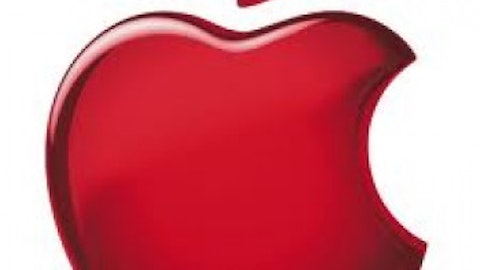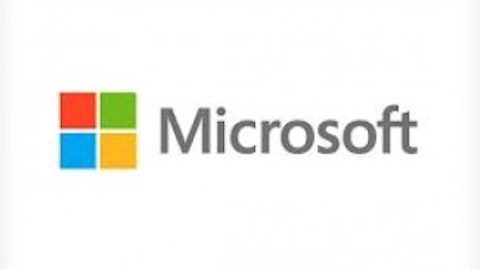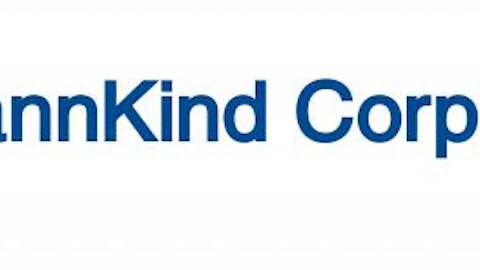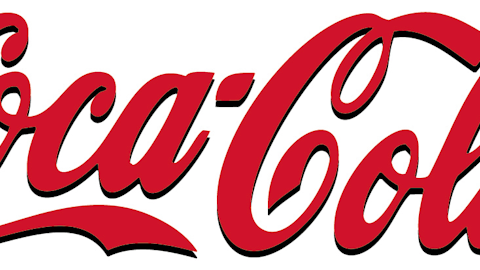There are numerous companies in the world who have turned from rags to riches, and again to rags. Hewlett-Packard Company (NYSE:HPQ) is one of those names. It was once the market leader in the tech world, then lost its way through a flurry of bad multi-billion dollar acquisitions, and also lost the innovative culture that had made it what it was in its glory days. I believe in the coming two years we might see a handsome turnaround story. Let’s assess why.
Attractive valuation and dividend yield.
Hewlett-Packard Company (NYSE:HPQ) trades at less than 5 times expected 2013 non-GAAP earnings, and there is little doubt that its earnings are cyclically depressed. It has an attractive forward PE of 4.9.
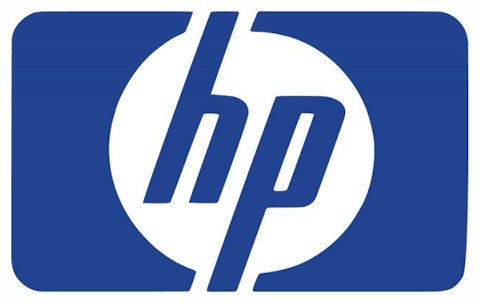
But for Xerox, the risk attributed to the dividend payment is higher than that of HP. The free cash flow of these companies (calculated by the sum of operating activities and investing activities cash flow) is negative or nearly zero. In the first nine months of 2012 the free cash flow of Xerox reached $206 million, which is barely enough to cover the company’s $195 million dividend payment.
Decent Q4 and healthy cash flow.
First quarter non-GAAP diluted earnings per share of $0.82 were down 11% from last year, but were above the previous outlook of $0.68-$0.71. First quarter GAAP diluted earnings per share were $0.63, down 14% from the prior year, but above the previous outlook for $0.34 to $0.37 per share. Net revenue in the quarter was down 6% YoY to $28.4 billion, and down 4% when adjusted for the effects of currency.
Hewlett-Packard produced $2.6 billion of cash flow from operations, which was up 115% YoY. $2.1 billion of free cash flow was generated in the quarter, highlighting the underlying profitability of Hwelett-Packard’s business mix.
Hewlett-Packard continued returning capital to shareholders, having spent $511 million in the quarter on dividends and buybacks. Hewlett-Packard is intelligently guiding conservatively into 2013. The company estimates second quarter non-GAAP diluted EPS to be in the range of $0.80 to $0.82, and GAAP diluted EPS to be in the range of $0.38 to $0.40. In the first quarter, Hewlett-Packard Company (NYSE:HPQ) paid a $0.132 per share dividend that resulted in cash usage of $258 million, and the company also bought back 19.2 million shares for roughly $253 million.
That equates to an average price of $13.17, and is an exceptional utilization of cash. Shares outstanding were down to 1.956 billion from 1.964 billion on Oct. 31, and 1.998 billion at the same time last year. Hewlett-Packard Company (NYSE:HPQ) continues to improve its net debt situation by reducing it by more than $1 billion in the quarter to $4.7 billion, and this marks the fourth consecutive quarter where the company has been able to reduce net debt.
Positive future ahead
Microsoft (NASDAQ:MSFT)’s release of Windows 8 has given a huge boost to the PC industry because it has integrated a UI (Metro) designed for touch-screen use into Windows 8, the result of which is we are seeing mass upgrades to touch-enabled laptops and desktop, thus increasing PC upgrade profits. The PC business is extremely cash generative, and is absolutely essential for assisting sales of the potentially lucrative service offerings.
With solutions like the new convertible ultrabooks, Microsoft will win over a lot of people and businesses that value tablets, but also want to use them as a tool for their work. Companies worldwide are already adopting Windows 8, including Johnson & Johnson, British Telecom, 20th Century Fox Television Distribution, Bank of America and Seton Hall University. Earlier this year, Microsoftannounced a new $617 million licensing agreement that will bring its Window 8 and related devices to 75% of the U.S. Department of Defense.
In a survey of 175 small businesses by
iYogi Insights
, 29% had no tablet and are considering Windows 8 and Windows RT tablets rather than an iPad. Of those that already had an iPad, 38% said they are considering changing to Windows 8. The Windows store has already surpassed the 40,000 mark for Windows 8 applications, and a new app called
Bluestacks
can bring to your Windows 8 device every one of the 750,000 existing Android apps. Bing now owns essentially
28.6% of the search engine market
since it also powers Yahoo’s results.
Two months into 2013, and Windows 8 continues its slow but steady growth. Windows 8 made some more gains in the overall PC operating system market share in February. Windows 8 was installed on
2.79 %
of all PCs last month, up from 2.26% for January. February’s numbers show that Windows 8 is installed on more PCs than the current Mac OS version, 10.8, which claimed 2.61 % of the market share. Windows 8 represents a fundamental change for Microsoft’s OS, and as such, it is quite normal that people didn’t rush to buy. It will take some time for users to feel comfortable with Windows 8, and then sales are sure to surge upwards.
Tech journalists are saying Windows 8 had a mediocre release compared to the release of the previous version, Windows 7. Well Windows 7 was launched after the Windows Vista failure, and people bought it in large to get rid of Vista. However that isn’t the case with Windows 8, since Windows 7 was a very successful windows version. So the slow growth rate does not suggest that Windows 8 is a failure.
HP’s touch-enabled laptops (Spectre XT and ENVY TouchSmart Ultrabooks), all-in-one touch-enabled PCs (ENVY TouchSmart 23 and 20), and a Windows 8 Pro tablet hybrid (HP Envy x2) should bring the company right back at par with its peers. Hewlett-Packard’s new initiatives will improve the company’s standing, especially the shifting to the internal innovation model, and the invitation of application developers to the WebOS – both policies have worked for Microsoft as well.
Foolish conclusion
Whitman is taking the right steps by reducing debt, ramping up R&D spending, and streamlining the company towards the products and services where Hewlett-Packard can add real value. It remains a well-financed company with an excellent client base, who remain loyal to the company. It is trading at a huge discount to any reasonable assessment of intrinsic value that is always appealing. If the company continues to innovate and capture new segments, then I believe the investors could double their money in 3-5 years along with earning the lofty 3.09% dividend.
The article Why You Should Give This American Dream Another Chance! originally appeared on Fool.com and is written by Manoj Kochar
Copyright © 1995 – 2013 The Motley Fool, LLC. All rights reserved. The Motley Fool has a disclosure policy.
